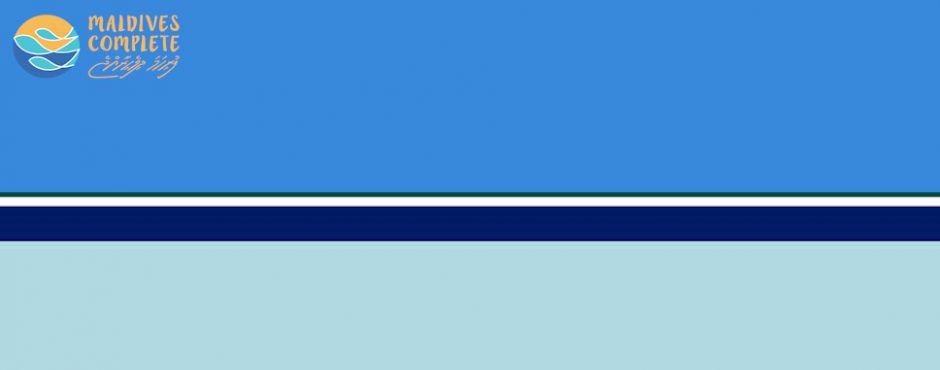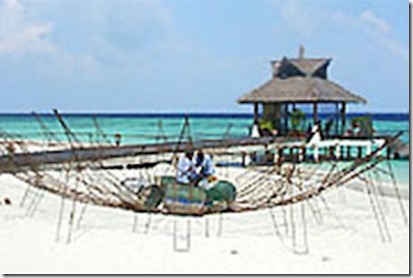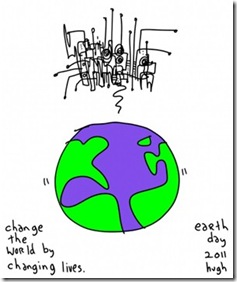

With all of the discussion in the past few posts of what the Maldives and resorts are doing for conversation and the environment, it turns out that ecologically-minded guests visiting Kandooma can turn their activism into a holiday activity.
Always wanted resorts to put up a board where people could plot their snorkelling sittings of the day and week. Kandooma has something heading in that direction with a ‘Marine Biologist Update’ which at least shares the latest aquatic goings on literally (or should I say ‘littorally’) ‘around’ the island (sorry – bad pun day).
The highlight of this update for me is their ‘Reefscaping’ project which allows guests to sponsor a ‘Reefscaping’ structure.
“The Reefscapers initiative is a synergy between the tourism industry, reef science and the local community around coral propagation projects. Coral propagation is a promising research field in the present global warming context, even though heavily debated as a possible solution, when compared to the surface of the coral reef threatened by climate change. With this in mind, Reefscapers developed in the Maldives, a new versatile technique, using light weight modules, to mitigate the adverse direct impacts to corals during tourism development. The success encountered when mitigating adverse impacts from infrastructure development has led to the continuation and development of the project using second and third generation fragments, with eventually 2000 m2 of reef created. So far, applications are mostly targeted towards aesthetic and recreation, but the technique also seems promising for erosion control and island protection. Recognizing the potential of the technique, the Maldivian government has decided to encourage the initiative by providing an island in order to carry out larger scale experiments.”
At the it says, Reefscaping has now extended to other resorts (Landaa Giravaru, Kuda Hura), but Kandooma was the first and is the most extensive.
(Pictures above from Crystal’s blog of her experience)









